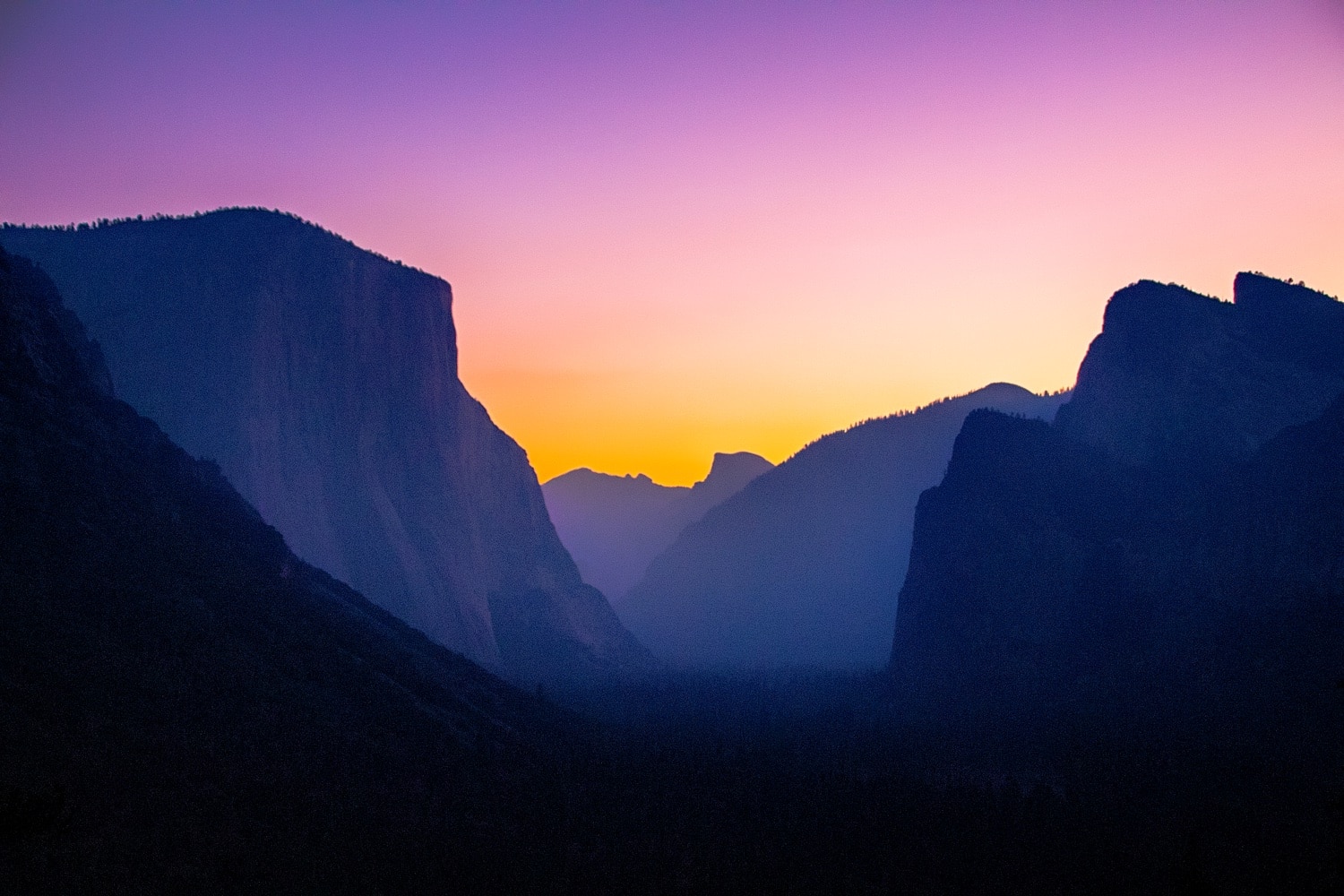The National Park Service and US Forest Service agencies have each introduced proposals for how they’d like to start managing climbing access. The proposals, which are virtually identical, seek to re-define bolts as prohibited “installations,” thereby making them illegal under the semantics of the 1964 Wilderness Act. Should this climbing management guidance pass, it would be a code red attack on climbing in America. These proposals would not only overturn 60 years of precedent during which climbers have climbed responsibly on Wilderness lands—which necessarily includes installing bolts—but they would also threaten our access to many current climbs, and all but stop development of future routes.
This is a serious threat! It would affect something like 40,000 routes in places like Joshua Tree, Yosemite, Linville Gorge, the Diamond, and many other places!
I’m concerned about what kind of responses the climbing world will offer during the next two months, during which we can submit public comments and try to show enough outrage that these proposals are scrapped.
I’ve argued that climbers need to come up with a better defense for our bolting habits than our standard line, which is to never talk about our bolting habits, and only then sheepishly concede that bolts are a necessary evil, which we would only ever place as a last resort.
This is the wrong way to talk about bolts, in my opinion. Bolts are tiny, inert, and, at many crags, virtually invisible objects that are fully compatible with Wilderness values and ethics in all the most important ways. They are a necessary part of rock climbing, and they can be more sustainable and less impactful than some alternatives, such as using tat around trees or boulders for anchors.
The degree to which many climbers are unwilling to embrace bolts, whether in Wilderness or at any other crag, is a relic of old-school thinking that I would love to see ushered into the dustbin of our history. I want to advocate for a unified vision of rock climbing that doesn’t make any ethical distinction between sport and trad, and merely views these words as neutral descriptions of what kind of rack / kit to bring.
In my view, there is just rock climbing. You can rock climb routes that require you to bring a full rack of cams, or you can rock climb routes that simply ask you to bring a dozen quickdraws. You can climb multi pitch routes that require you to build your own anchors, or you can climb routes where rap stations are usefully installed.
Either way, it’s all rock climbing.
The business of how much metal gear is installed on cliffs is climber business only. And climbers now have decades of installing appropriate amounts of bolts into our climbs. Yes, we quibble with whether one route is a little runout or a little overly bolted, but at the end of the day, both routes are in an acceptable ballpark of how many bolts are required to safely climb. These bolts do not affect any other user group. At all. They do not harm flora and fauna. And they service thousands of climbers over decades and decades before they need to be replaced.
And if, for some reason, they need to be removed, it is possible to do so and leave an all-but pristine-looking face. (In fact, it’s easier to take bolts out of a cliff than to remove chalk marks on them.)
Bureaucrats cannot be in charge of bolt placement for climbing. That would be a disaster. Which is why these two proposals must be defeated.
There are tens of thousands of acres of Wilderness, and protecting them from roads and development or mining and other extractive industries is a very worthy goal that I support.
But we can easily do all of that while letting climbers climb and continue to make responsible decisions over the bolts that we place. The burden of this great responsibility must fall on our shoulders, since we are the only user group affected by it. It has to be part of climbing.
The Access Fund has a FAQ page on these proposals that you can check out. There are links to each proposal and a comment form that will allow you to push back against these proposals. There is also a bill circulating the House of Representatives right now called the PARC Act, which specifically identifies placing and maintaining fixed anchors as an allowable activity.
Use your voice and call your reps.




0 Comments